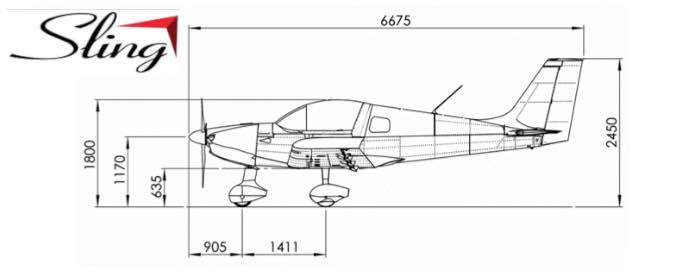Over the course of 3 days, I got my feet wet with metal preparation and applying self etching primer. Deburring seems pretty straight forward. I got great results on small holes using the Avery Tools Speed Deburr and Countersink tool. I started out using a file to smooth edges, but I as I transitioned to my Scotch-Brite cut and polish wheel (C/P 7A-Med), I gained confidence and proficiency.
Next, I did an initial degrease step outdoors with acetone and paper towel. This also seems to get much of the material identification printing off of the surface. Then, I did a second cleaning with Simple Green Extreme Aircraft in 3:1 solution with distilled water, rise with water and dry. From this point, nitrile or white cotton gloves handling is in play.
My etching and conversion coating results are probably adequate, but not anywhere near as lustrous as others have masterfully achieved – notably those by Des Howson for his Sling 2 Taildragger build.
Working with Bonderite C-IC 33 Aero (Alumiprep) and M-CR Aero 1201 (Alodine) proved a little more challenging for me than deburring. I have to work outdoors with a mortar tub, garden hose and cold well water. It’s chilly too. I’m economy minded, so I’ve opted to use a [silicone basting] brush application technique with solution concentrations called out by the technical process bulletins published by Henkel.
The tiny batch of PTI epoxy primer I got from Aircraft Spruce was completely unusable, with clumps thicker than clay and no luck trying to thin/reduce. I had intended to use it to prime the rear channel parts of the vertical stabilizer. To avoid further delay, I just went with self-etching primer.
Finally, I got several VS parts primed.
